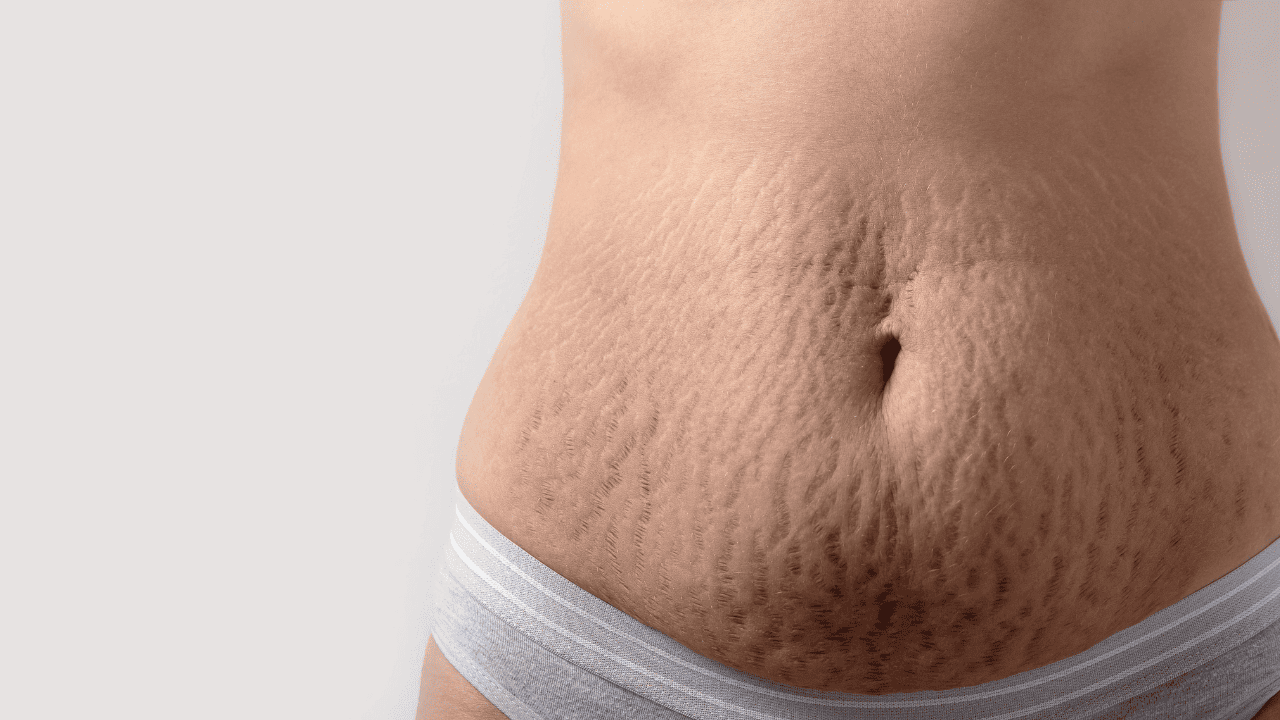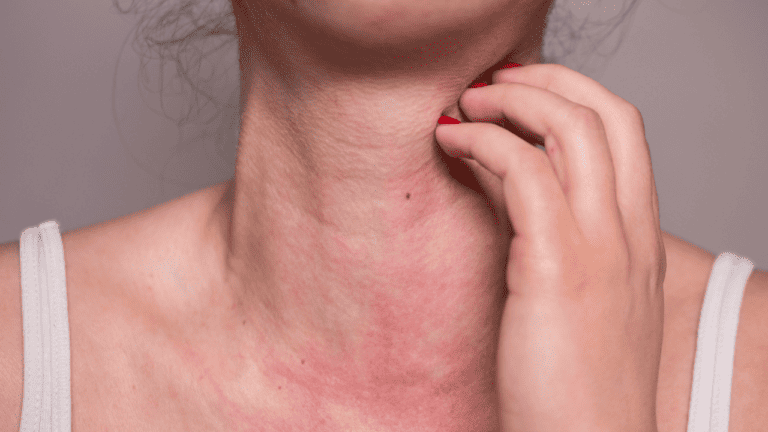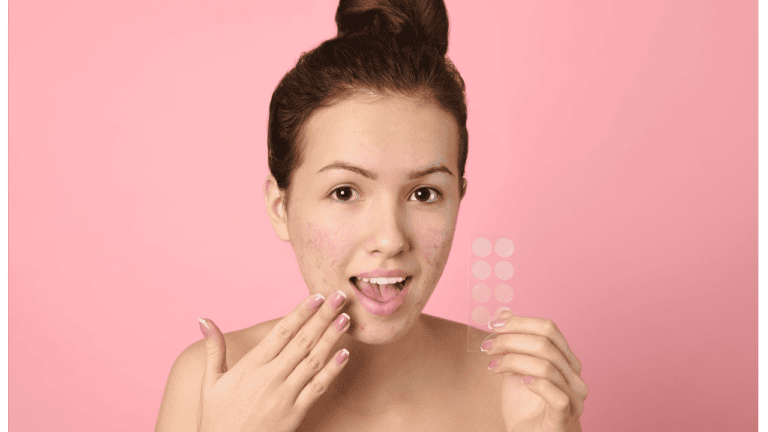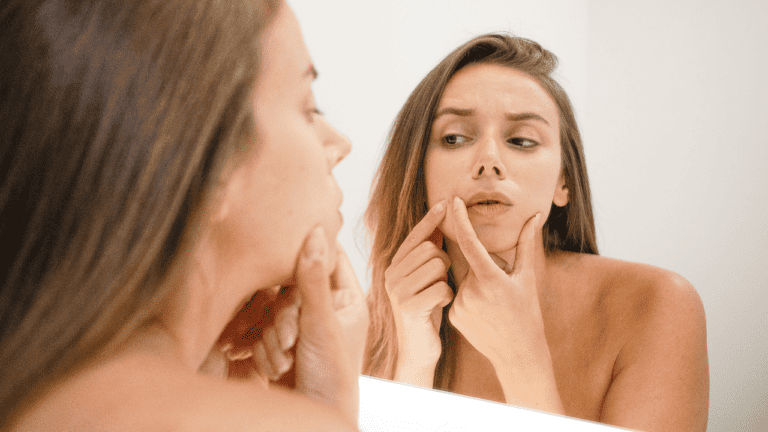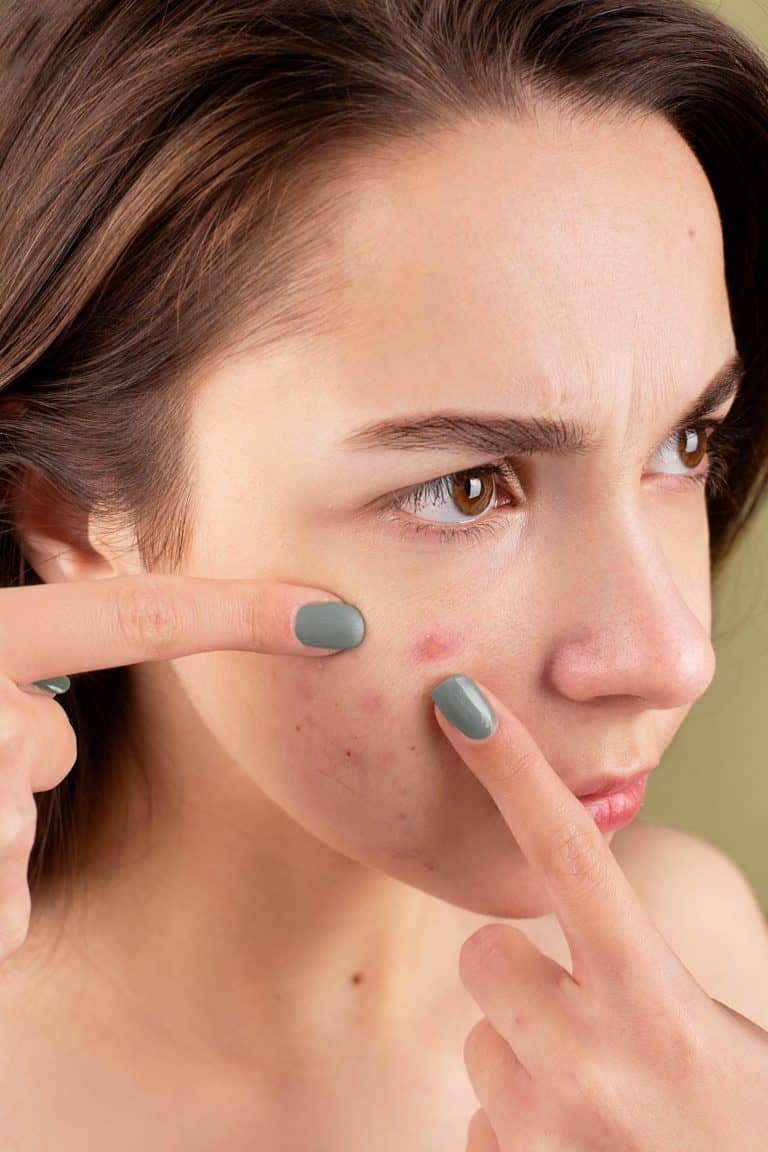Stretch marks, those lines that mysteriously appear on our skin, can be a source of concern for many. In this article, we delve into an innovative approach to addressing this common skin issue: red light therapy. While traditionally a topic more familiar to skincare professionals, we aim to demystify it for everyone’s understanding.
Key Takeaways
- Red light therapy offers a non-invasive, scientifically supported method for improving the appearance of stretch marks by stimulating collagen production and skin repair.
- Consistency in Red light therapy treatment, combined with healthy lifestyle choices and skin hydration, is crucial for optimal results in reducing stretch mark visibility.
- While Red light therapy is generally safe and effective, individual results can vary, and it’s important to consult with a healthcare professional before starting any new skin treatment.
Understanding Stretch Marks
What are Stretch Marks?
Stretch marks, medically known as striae, are a form of scarring on the skin. They occur when the skin is stretched rapidly, such as during pregnancy, rapid weight gain, or adolescent growth spurts. Initially, they may appear as reddish or purplish lines and may feel slightly raised.
The Science Behind Their Formation
Our skin consists of three key layers: the epidermis (outer layer), dermis (middle layer), and subcutaneous (deepest layer). Stretch marks form in the dermis when the connective tissue is stretched beyond the limits of its elasticity due to rapid expansion or contraction of the skin.
Common Areas and Susceptibility
Typically, stretch marks are found on the abdomen, breasts, thighs, hips, lower back, and upper arms. Factors such as genetic predisposition, hormonal changes, and skin type play a role in their development.
- Read More: The Benefits Of Red Light Therapy For Your Skin Conditions
- Read More: Red Light Therapy For Oily Skin: Benefits And Tips
Overview of Red Light Therapy

The Basics of Red Light Therapy
Red light therapy uses low wavelength red light to treat skin issues, such as wrinkles, scars, and persistent wounds. Initially developed to aid plant growth in space, it was soon found to have beneficial effects on skin cells.
How Does It Work?
Red light therapy works by emitting a concentrated wavelength of red light that penetrates deep into the skin layers. This light is absorbed by mitochondria, the powerhouses of cells, stimulating them to produce more adenosine triphosphate (ATP), which in turn boosts cell regeneration and repair.
Distinction from Other Light-Based Therapies
Unlike UV light, which can damage the skin, red light therapy is generally considered safe and non-invasive. It doesn’t heat the skin like some laser therapies used for similar purposes.
Red Light Therapy and Stretch Marks
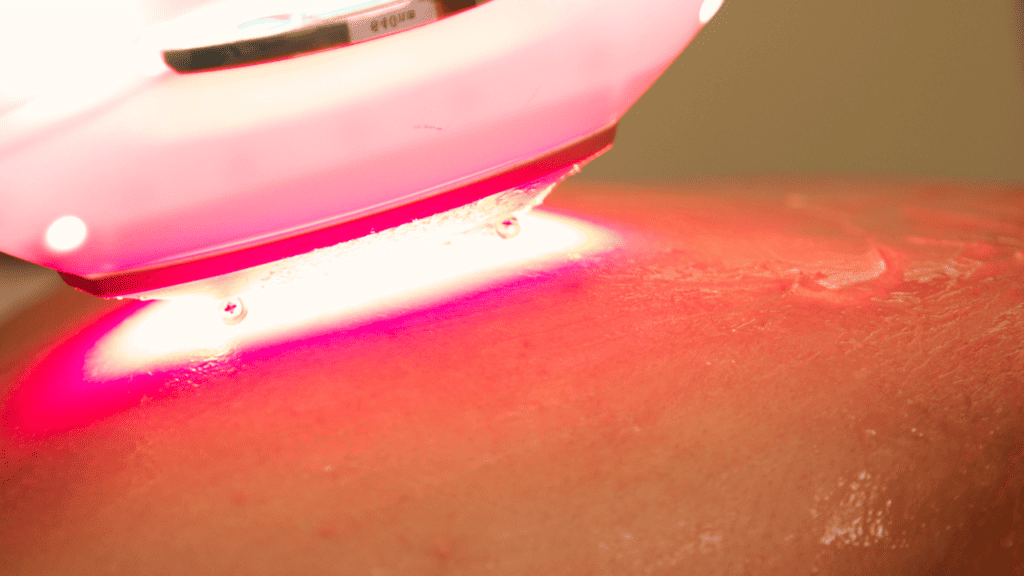
Scientific Evidence
Research has shown that red light therapy can improve skin texture and increase collagen production, which is essential for repairing stretch marks. Studies have observed significant improvement in the appearance of stretch marks after consistent use of Red light therapy.
Case Studies
Anecdotal evidence and case studies further support the efficacy of Red light therapy in reducing the visibility of stretch marks. Individuals have reported a noticeable difference in the appearance of their stretch marks after undergoing regular Red light therapy sessions.
How to Use Red Light Therapy for Stretch Marks
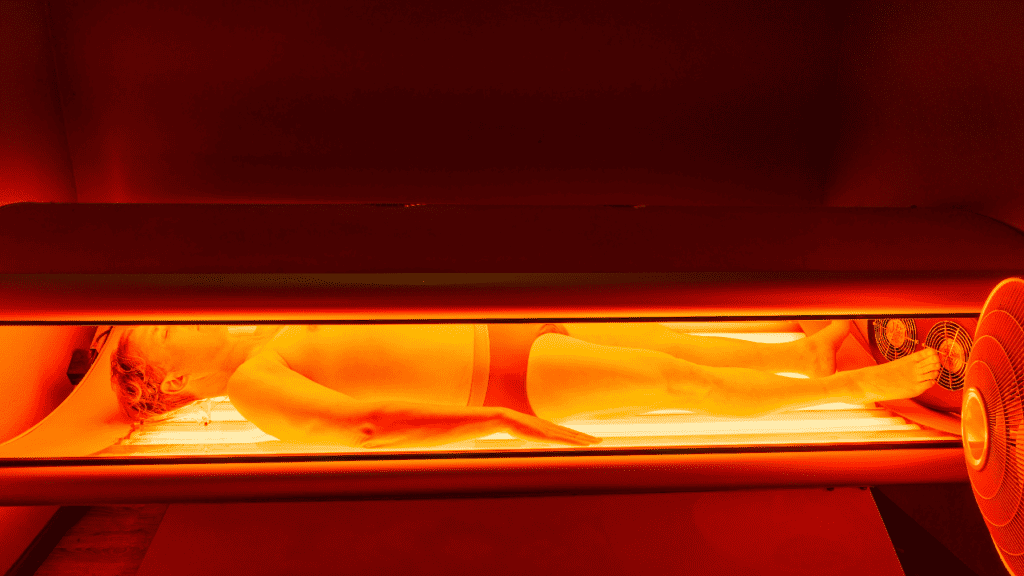
Step-by-Step Guide
- Choose a high-quality red light therapy device.
- Cleanse the skin area before treatment.
- Expose the affected area to the red light for a specified duration, typically around 15-20 minutes.
- Repeat the process consistently, as recommended (usually several times a week).
Tips for Optimal Results
- Consistency is key.
- Combine Red light therapy with proper hydration and skin care.
- Avoid overexposure to prevent skin irritation.
Precautions
While Red light therapy is generally safe, it’s crucial to follow manufacturer guidelines and consult a healthcare professional if you have concerns, especially for those with sensitive skin or underlying health conditions.
Additional Tips for Managing and Preventing Stretch Marks
Lifestyle and Dietary Changes
Maintaining a healthy diet rich in vitamins and minerals, staying hydrated, and regular exercise can improve overall skin health and elasticity.
Importance of Hydration and Moisturizers
Hydrated skin is more elastic and less prone to tearing. Using moisturizers can help keep the skin supple and reduce the likelihood of stretch marks.
Complementary Treatments
Other treatments, such as topical creams, massage, and microneedling, can be used in conjunction with red light therapy for enhanced results.
Conclusion
Red light therapy presents a promising, non-invasive option for reducing the appearance of stretch marks. It’s a testament to how modern technology can be harnessed for cosmetic and health benefits. As with any treatment, individual results may vary, and it’s always prudent to consult with a dermatologist or healthcare provider before starting new skincare treatments.
FAQs
How long does it take to see results from red light therapy on stretch marks?
Results can vary, but many individuals report noticeable improvements within a few weeks of consistent treatment.
Can red light therapy completely remove stretch marks?
While Red light therapy can significantly improve the appearance of stretch marks, it may not completely remove them. The effectiveness depends on factors like the age of the stretch marks and individual skin properties.
Can I use red light therapy at home, or do I need to go to a clinic?
There are many at-home Red light therapy devices available, making it a convenient option. However, for best results, especially initially, professional guidance is recommended.
